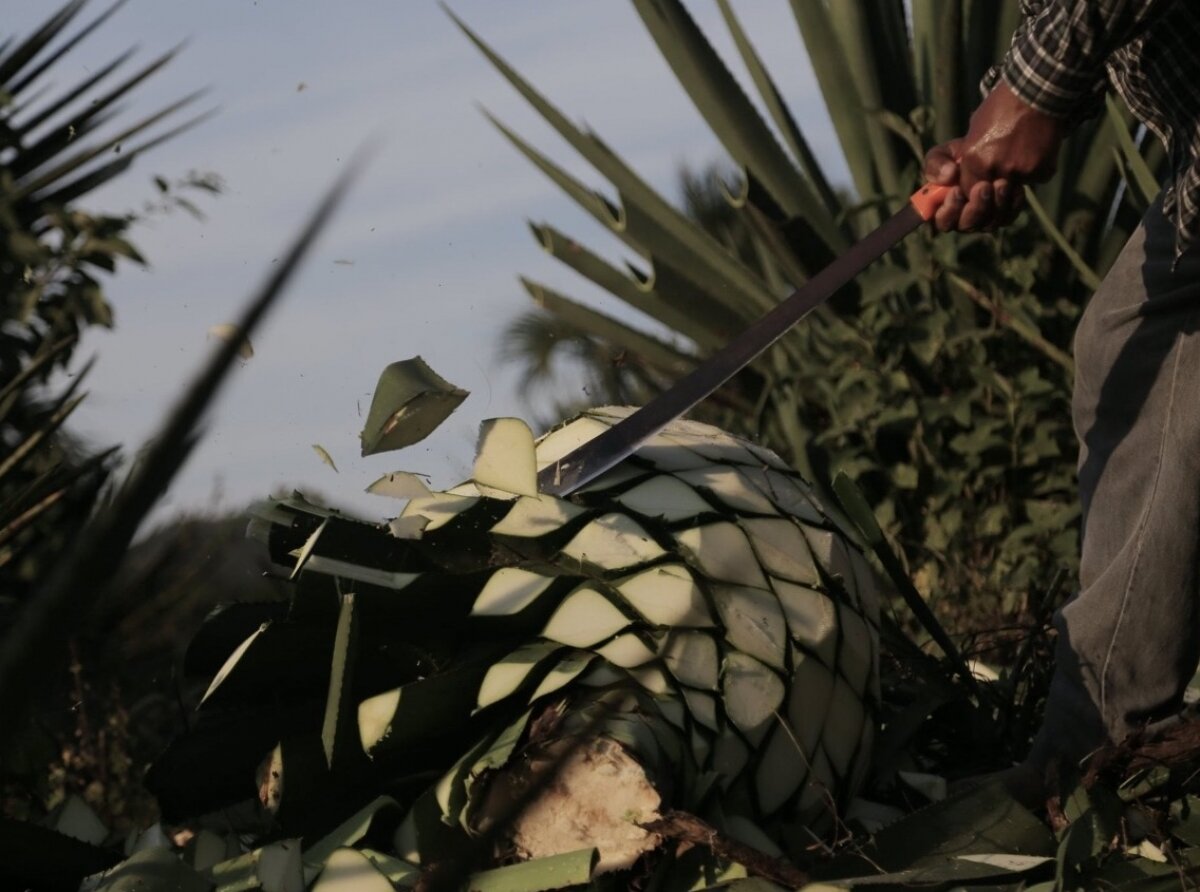SADER Jalisco supports plant acquisitions for the establishment of agave plantations with sustainable practices that do not deforest the land.
In this regard, the head of the Directorate of Productive Chains and Sustainability, Carlos Jiménez Garma, said that in the year 2021 3.5 million pesos were labeled for the support of raicilla producers interested in making plantations from raw land, which took place recently utilizing the rainy season.
According to the leader of the Mexican Raicilla Promoting Council, Arturo Cachúa, it is intended to close the year with plantations of an estimated 120 hectares, within a zone of about 450 hectares established throughout the protected territory of this emblematic drink of Jalisco.
As a result of the efforts, a very important balance has been enforced in the plantations of raicilla agaves, which reveals progress in the sustainable approach of the raicilla production chain.
The head of the office of the Jalisco Secretariat of Agriculture and Rural Development (SADER,) Salvador Álvarez García, said that the plantations were established in the two regions included in the territory of the denomination of origin, in the Sierra Occidental and in the coastal region.
He noted that the plantations use both vegetative material produced in the laboratory of the Centro de Bachillerato Agropecuario 31 de Mascota, along with the plants of traditional suckers.
Raquel Roque Ruvalcaba, SADER-Jalisco extensionist, reported that another factor in favor of the raicilla agave farms is that there has also been the support of the Jalisco Plant Health Committee to apply biological control actions of pests, specifically against the weevil beetle through pheromone traps, which is also a step in favor of sustainable development.
This agronomist pointed out that the municipalities where the most plantations are made are Mascota and Mixtlán in the Sierra region, and Cabo Corrientes in the coastal region. The regions use different agaves each having different flavors. The raicilla from the Coast is made with Agave Angustifolia Haw and Rhodacantha; and that of the Sierra is made with Maximiliana Baker, Inaequidens Koch and Valenciana agaves.
The production of raicilla dates back to colonial times, and is produced in 16 municipalities of Jalisco: Atengo, Chiquilistlán, Juchitlán, Tecolotlán, Tenamaxtlán, Puerto Vallarta, Cabo Corrientes, Tomatlán, Atenguillo, Ayutla, Cuautla, Guachinango, Mascota, Mixtlán , San Sebastián del Oeste and Talpa de Allende, and one from Nayarit, here in the Bay of Banderas.
On June 28, 2019, the decree of the Denomination of Origin of the raicilla was published in the Official Gazette of the Federation.

